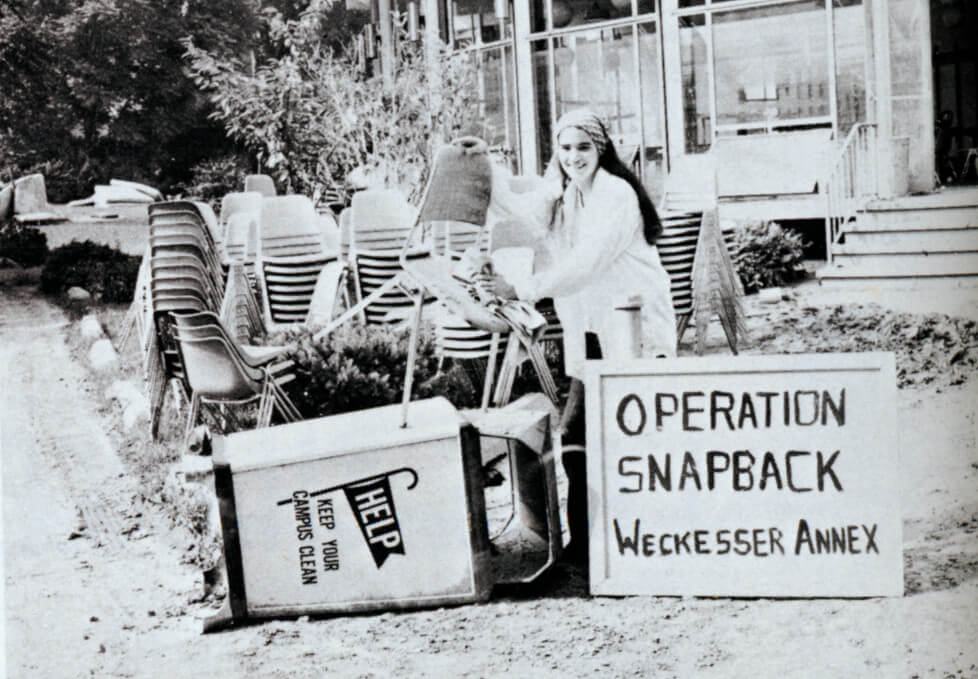History
Weckesser Hall was built from 1914 to 1916 for Frederick J. Weckesser, a philanthropist and vice president of the Board of Trustees at Wilkes College.

The building was designed by architect Charles P. H. Gilbert, who also designed the house of Frank W. Woolworth. It is an example of the then popular “Beaux-Arts” style of architecture in the United States, and is one of the few buildings remaining in Wilkes Barre to retain this style. Wilkes college acquired the building in 1956 when Mr. Weckesser died, and it housed regular administrative meetings. Today it is used mostly as an administrative building.
The garage on the property is known as Weckesser Annex, and is used as a classroom with offices located above the annex. After Hurricane Agnes flooded the first floor of Weckesser, essential student and graduate records were carried to the second floor to protect them, while others went through an extensive drying out process. “Operation Snapback” began with a command center in the parking lot behind Weckesser Hall, with Dr. Michelini, the current president of Wilkes, at the helm of organizing the cleanup efforts. Wilkes faculty, staff, and students were assigned certain tasks, such as continuing the summer session, cleaning up campus buildings, and raising funds.
The Impact of Agnes
The cost to clean up Weckesser Hall was estimated to be around $300,000. There is still a watermark on the inside of the first floor outside of Paul Adams’s office. President Richard Nixon visited campus on September 9th to present Dr. Michelini with a $4 million check. When the college opened in the fall, they received the largest group of new students to ever enter the college.


View More Photos of the Hurricane Agnes Flood external website